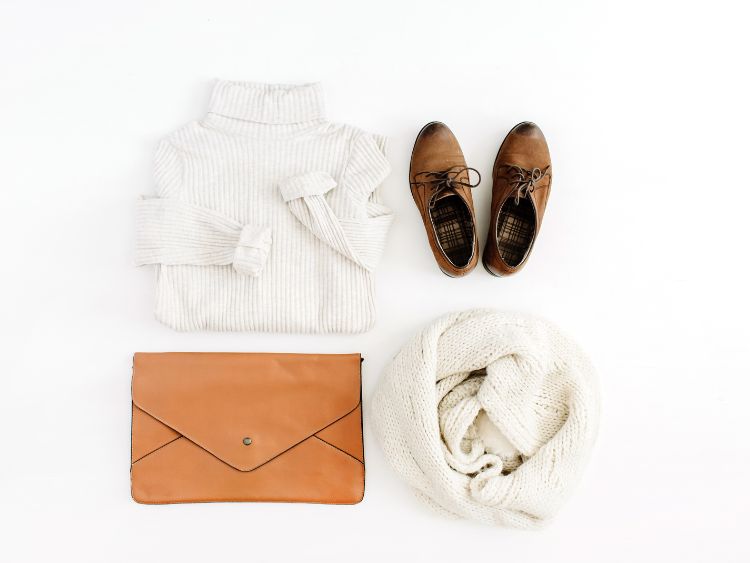In the ever-changing world of fashion, the role of a fashion designer stands as one of the most dynamic and influential professions. But what does it really take to become a fashion designer? From runway spectacles to everyday wear, these creative geniuses shape how we express ourselves through clothing and accessories. Whether you’re dreaming of becoming the next Coco Chanel or just curious about what goes into crafting the perfect garment, this article will guide you through the fascinating world of fashion design.
What is a Fashion Designer?
A fashion designer is someone who creates original clothing, accessories, and footwear. They sketch designs, select fabrics and patterns, and bring their visions to life through production. Fashion designers must stay ahead of trends, think outside the box, and consistently innovate to meet the demands of an ever-evolving industry.
The Journey of a Fashion Designer: From Idea to Runway
The process of fashion design starts with an idea. This could be sparked by anything from the beauty of nature to the fast-paced energy of city life. Designers begin by sketching their ideas on paper or using design software. After the concept is solidified, they move on to selecting the materials—this is where fabric choices, color palettes, and textures come into play.
Sketching and Design
The first step for any designer is to get their idea down. This could be through traditional sketches or the use of cutting-edge design tools. Fashion designers need a solid grasp of both artistic and technical skills to translate their ideas into reality. Sometimes, the smallest details in a sketch can make the difference between a hit collection and one that fades into obscurity.
Choosing Fabrics and Materials
Selecting the right fabric is crucial. A designer’s choice in textiles can influence the entire flow and feel of a garment. From luxurious silk to sustainable hemp, fashion designers must balance aesthetics with practicality.
Prototyping and Tailoring
Once the design and fabric choices are made, a prototype is created. This usually involves working closely with tailors or seamstresses to ensure that the designer’s vision translates seamlessly into wearable art. Adjustments are made during this phase, making sure everything fits perfectly.
Showcasing the Collection
The final step in the journey is often the most glamorous: showcasing the collection. Whether it’s a runway show in Paris or a digital fashion event streamed worldwide, designers reveal their new creations, hoping to make a lasting impression on critics, buyers, and the public.
Types of Fashion Designers
Fashion design isn’t a one-size-fits-all career. There are various types of designers, each with their own niche.
- Haute Couture Designers – These are the crème de la crème of the fashion world. They create custom, one-of-a-kind pieces for clients who demand nothing but the best.
- Ready-to-Wear Designers – These designers create clothing lines that are produced in standard sizes and sold in stores. It’s a balance between high fashion and everyday wear.
- Mass Market Designers – This group focuses on producing clothing for the masses, often for large retailers.
- Sustainable Fashion Designers – A growing niche, these designers focus on creating eco-friendly and ethical fashion.
Skills Every Fashion Designer Needs
You may wonder: what does it take to succeed as a fashion designer? Well, apart from having a keen sense of style, designers need a variety of skills to thrive in this fast-paced industry. Here’s a quick rundown:
- Creativity: This one’s a no-brainer. Fashion designers must have the ability to think outside the box and consistently come up with fresh, innovative ideas.
- Attention to Detail: Fashion is all about the details—from the stitching to the embellishments, nothing can be overlooked.
- Sewing and Pattern-Making Skills: While many designers have teams of seamstresses, it’s important to understand the craft.
- Business Acumen: In today’s competitive world, designers must also have a good grasp of the business side of fashion.
- Trend Analysis: Being able to predict what will be in vogue next season is crucial.
The Future of Fashion Design
In an industry driven by trends, technology, and consumer behavior, what’s next for fashion designers? The future is already shaping up to be a thrilling ride. Technology is at the forefront of modern fashion, with innovations like 3D printing and AI-assisted design tools transforming how garments are created.
Sustainability is another key factor. Consumers are becoming more conscious of their environmental footprint, pushing designers to explore eco-friendly fabrics and manufacturing processes.
Finally, digital fashion—yes, clothing that only exists online—is gaining traction. With the rise of virtual influencers and the Metaverse, fashion designers may soon find themselves designing for avatars as much as they do for people.
FAQ: Becoming a Fashion Designer
- What education do I need to become a fashion designer?
While there’s no set educational path, most fashion designers have a degree in fashion design or a related field. Many top fashion schools around the world offer programs tailored to different aspects of the industry. - How long does it take to become a fashion designer?
The journey can vary, but typically, earning a degree in fashion design takes about 3-4 years. However, gaining industry experience and building a portfolio could take longer. - What tools do fashion designers use?
Apart from traditional sketching tools, modern fashion designers use software like Adobe Illustrator, CAD (Computer-Aided Design) systems, and even AI-based design tools to craft their collections. - Is it necessary to know how to sew?
While many designers delegate sewing to tailors or manufacturers, having a strong understanding of sewing and pattern-making is highly beneficial. - Can I become a fashion designer without going to fashion school?
Yes, some successful designers are self-taught. However, formal education provides a strong foundation in design principles and techniques, and gives access to invaluable industry networks.
Conclusion
Fashion design is more than just sketching pretty dresses—it’s an intricate, creative process that involves a mix of artistic skill, technical know-how, and business savvy. Whether you’re aspiring to design your own line or simply admire the craft from afar, fashion design continues to shape the way the world expresses itself through clothing.
So, the next time you pull on your favorite outfit, take a moment to appreciate the hard work and creativity that went into every stitch, hem, and button. Who knows? Maybe you’ll be inspired to start sketching your own designs.



